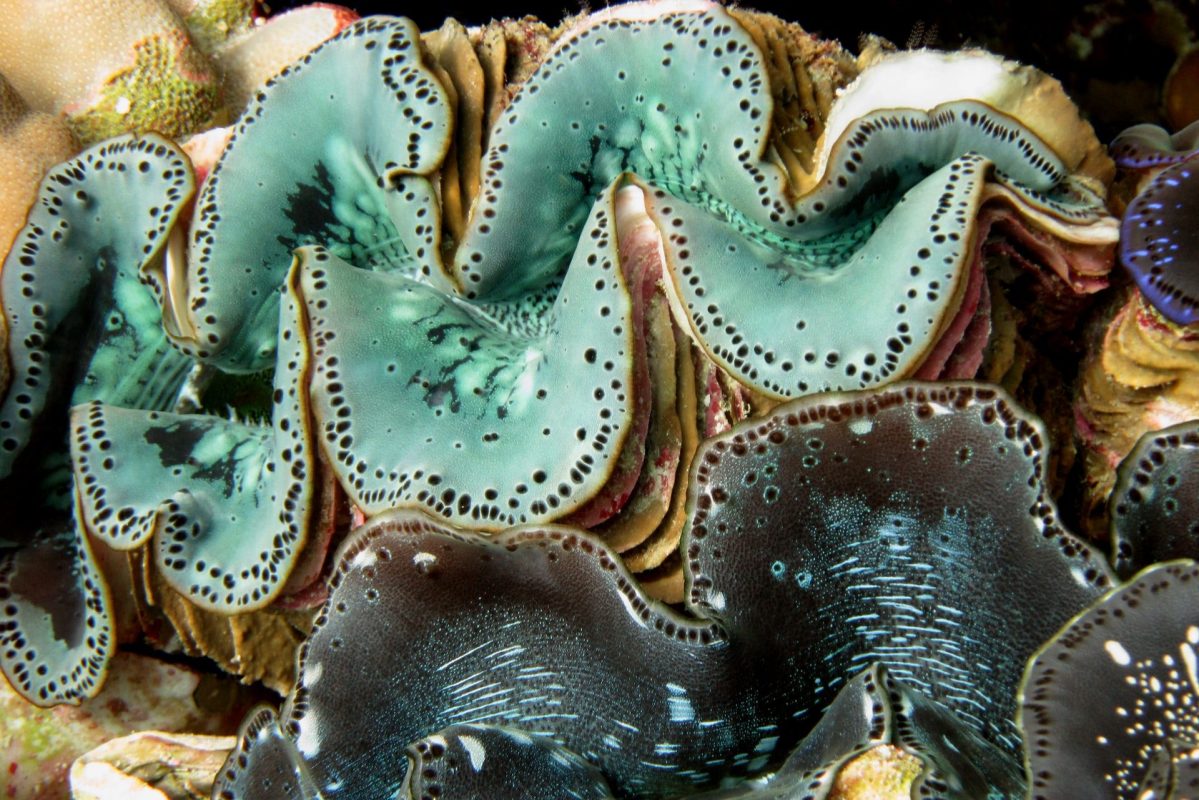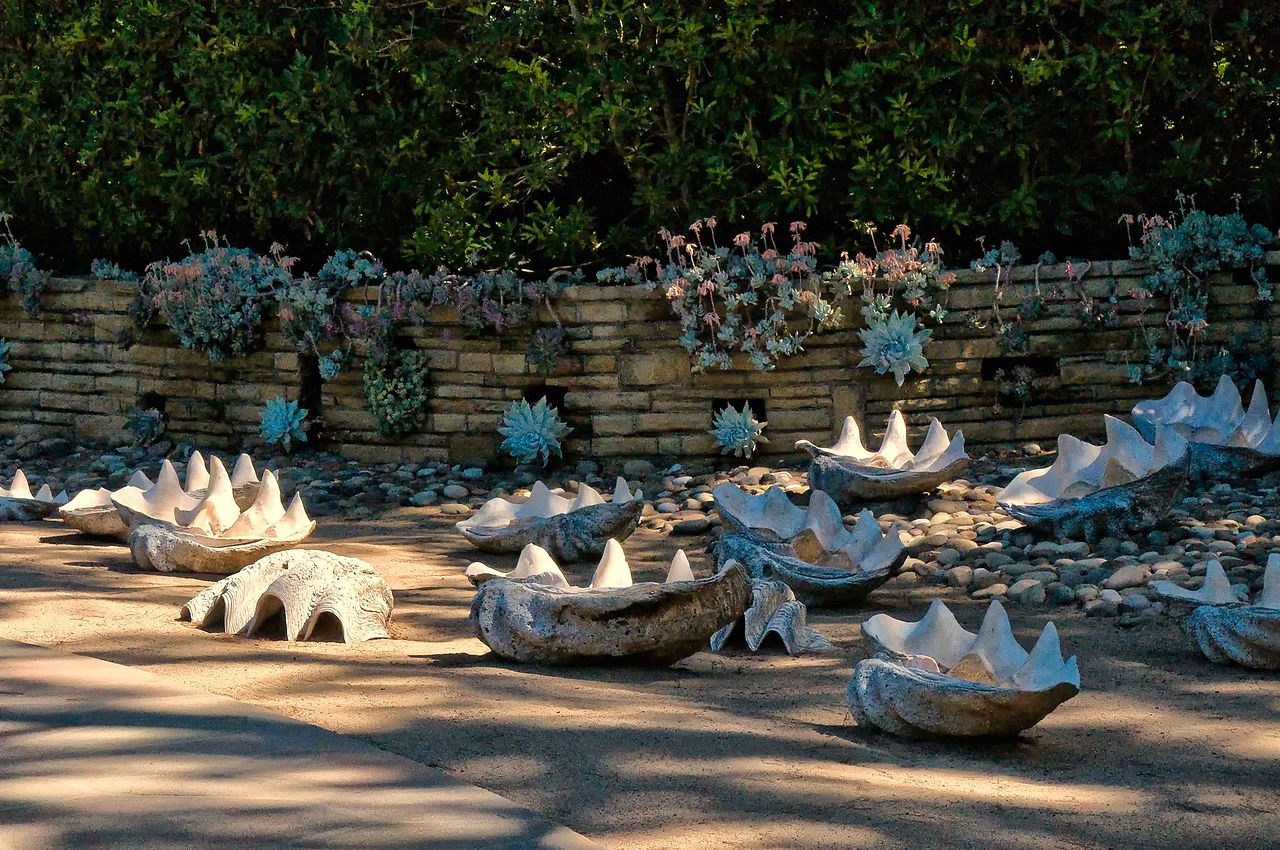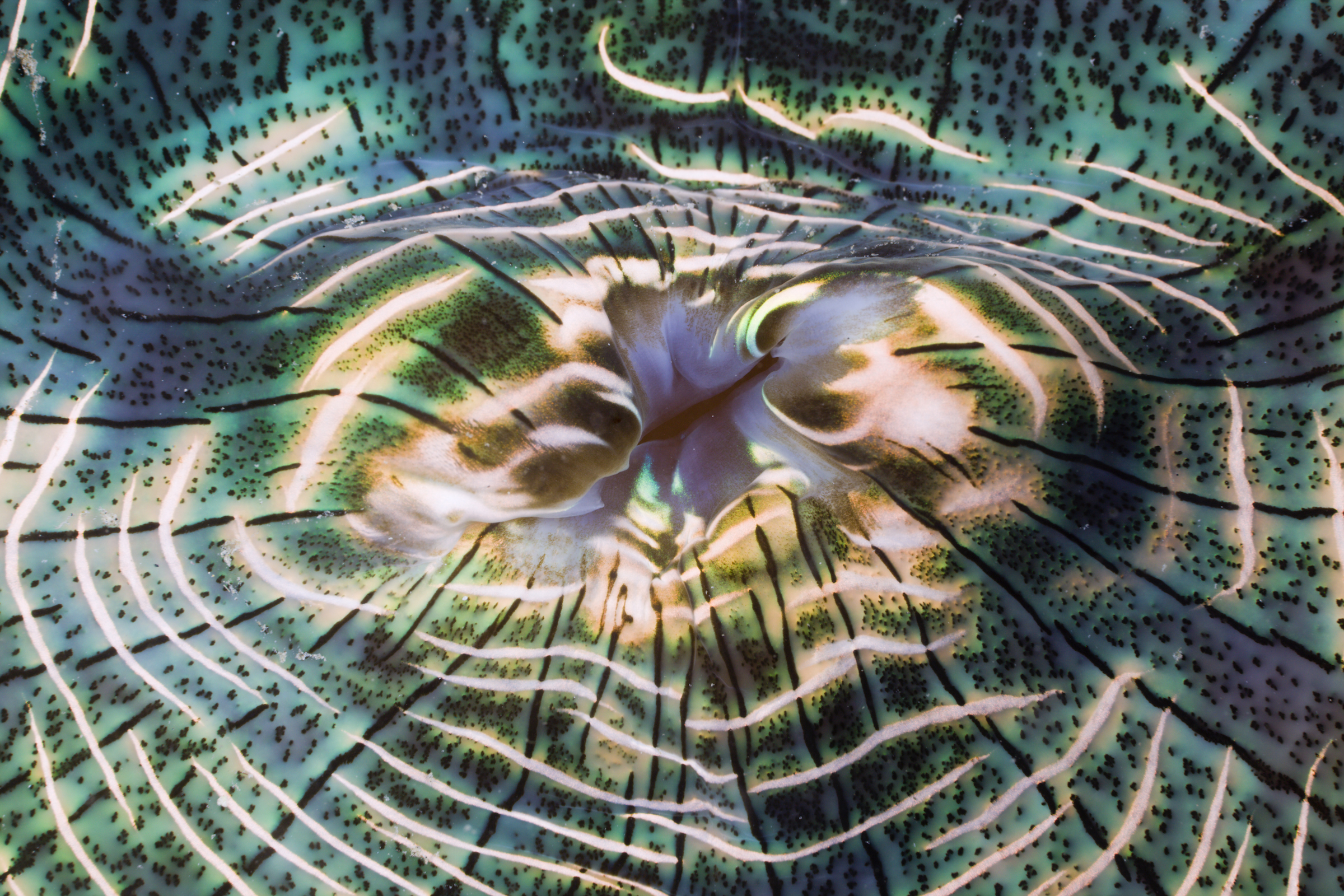Look back far enough in the history of maritime storytelling, and you’re likely to find an account of a giant clam trying to devour a human — maybe even multiple people. The United States military reportedly gave some of its troops training on how best to defend themselves if a giant clam ever decided to make them into a meal. All of this had made for some fantastic imagery and thrilling adventure stories, but it also gets the balance of power wrong — it’s humans who dine upon giant clams, not the other way around.
Admittedly, this has become a significant problem, with poaching giant clams a growing concern. But the disinformation that’s surrounded giant clams for decades, if not longer, is an issue in and of itself. Thankfully, a new article by Cynthia Barnett at Atlas Obscura delves into just how humans have misunderstood giant clams over the years. It’s taken from her book The Sound of the Sea: Seashells and the Fate of the Oceans, and it offers a useful primer in the history of giant clams eating people.
According to Barnett, there wasn’t one moment when giant clams began to be thought of as killers. She cites a few possibilities, noting that larger-than-life stories do have a tendency to involve all things maritime. It’s resulted in giant clams being treated as menacing in everything from a 1920s Popular Mechanics article to a 1970s episode of Doctor Who.
Still, giant clams are far more threatened by humans than they are a threat to humans. Barnett points out that there is “no evidence — none historic, none popular, none scientific, not even an unverifiable but possible story — of anyone ever being killed in the grasp of a giant clam.” It’s one phobia you can worry about less.
Thanks for reading InsideHook. Sign up for our daily newsletter and be in the know.
















